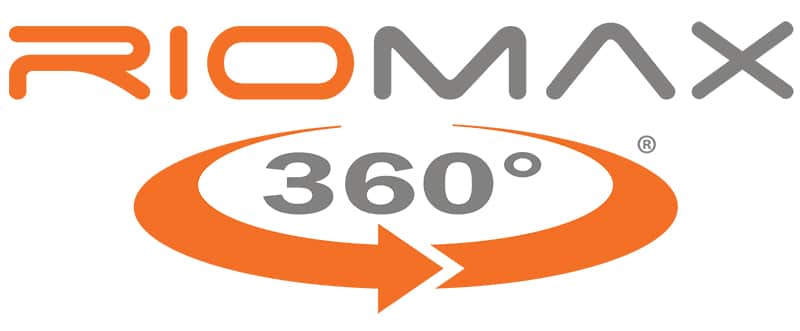Last updated on October 5th, 2023 at 10:53 am
Knowing how to manage your way through a drought is key to keeping your operation whole.
For much of cow-calf country, drought is simply a part of life. If you’re not in a drought, you’re recovering from the last one or preparing for the next one. That means having a drought plan for your ranch is an essential part of your management toolbox.
A ranch drought management plan can be as simple as an outline with deadline dates on what needs to be done. For example, if it hasn’t rained 'X' amount or winter snow won’t provide 'X' inches of moisture by 'ABC' date, start culling cows, buying extra forage, or renting more pasture.
But keep in mind that feeding your way out of a drought is an expensive and profit-killing proposition. Beyond culling sooner and deeper than normal, there are other drought management options.

Planning for Drought on Your Ranch
As you look ahead to managing your way through a drouthy spring and summer, think outside the box, says Dr. Ken Olson, Extension beef specialist with South Dakota State University. “As you make your plan, realize that one cannot continue business as usual during drought,” he writes.
“Opportunities to find the best alternative feeds, market into the best prices possible and generally reduce the damage will be found through unusual opportunities. People who fare the best during trying times are those who are open-minded to alternatives.”
Is Cattle Supplementation Worth It During Drought?
So, while it can be financial suicide to feed your way out of a drought, supplementation can actually help your cows better utilize lower-quality pasture forage and feed, says Ashley Kettner, R&D research coordinator for Riomax®.
Low-quality forages are short on most nutrients, especially minerals and vitamins. Supplementing with adequate levels of these two critical nutrients will show results in better forage utilization, better breed-up, better weaning weights, and better cow body condition scores, she says.
That’s what John and Catherine McIntyre learned in 2020. “In a drought-ridden year of dust in South Texas, our dark red cattle gleamed with health and vitality,” John says. The Refugio, Texas rancher who raises Bonsmara cattle says 2020 was the driest 15-month period in the last 10 years with diminished grass growth.
In spite of that, “We had the largest calf crop ever. The calves weighed 100 pounds more than the highest weights we have recorded at weaning. Our average steer weighed 410 pounds in 2018. In 2020, our average steer weighed 519 pounds. Our heifers gained accordingly, weighing 389 pounds on average in 2018 and in 2020 weighing 508 pounds on average,” he says.
“And the bulls did the best of all, increasing from an average of 421 pounds in 2018 to 715 pounds in 2020. Even the flies have diminished. The cattle improved so quickly that we did not even put out hay.”
John says they had an exceptional conception rate in 2020 as well. “Ninety-one percent (91%) of our cows bred in the spring were declared pregnant by our veterinarian upon palpation. That is an increase of 25% over previous years.”
Do You Have a Ranch Drought Management Plan?
One long-standing drought management strategy is early weaning. “The calves were so much heavier that we were able to pull them off the cows 5 weeks earlier. Our bulls looked so impressive that we sold several more than anticipated.”
What’s more, the McIntyres gained two new heifer customers, “and I attribute it to Riomax®. The increased nutrition levels in the cattle are evident everywhere – they have never looked this good.”
No, you can’t feed your way out of a drought. But you can manage your way through it with a good plan and good mineral supplementation. Just ask John.



